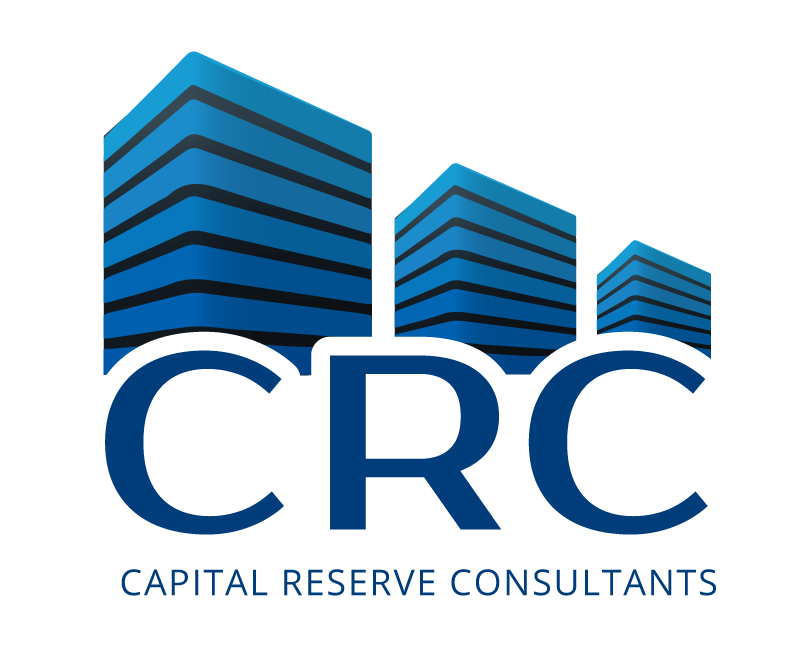What’s So Special About 20 Years?
Year twenty is a pivotal milestone in the life-cycle of every building and a transitional point in the life of almost every common interest community, whether it is a traditional planned development of single-family homes or condominium that contains attached housing units.
The significance of the 20-year mark lies in the fact that at around 20 years of age two things occur more or less simultaneously. The first is that almost all buildings have reached the point where major expenditures will be required to pay for modernization or replacement of various components of the building. Significant expenditures may be an immediate concern, but even if they aren’t, it is likely that within 5 to 10 years the Association will be faced with major replacement reserve expenditures.
The second is that when you conduct a reserve study that projects 30 years into the future, at a point when a homeowner association is 20 years old, the reserve planning horizon now captures a point in the future when the facility, which is the subject of the study, will be 50 years old….and at 50 years of age there are almost no depreciating building assets that have not reached the end of their expected useful life.
In those states where condominiums and planned developments are required by law to conduct a reserve study that covers a period of 30 years, the reserve study that you conduct at 20 years of age will capture those expenses that may only occur once every 45 to 50 years. In the reserve planning business these long-lived components are referred to as “legacy systems.” Legacy systems are those components that were placed into service when the building was originally constructed and have never been replaced or significantly updated since they were placed into service.
Planned communities that may not be responsible for maintaining buildings per se, may also be faced with the issue of reserving funds to pay for replacement of legacy systems if the Association is responsible for improvements such as roads, utility systems and other infrastructure-related elements of the community.
A reserve study that includes funding for the replacement or modernization of legacy systems will typically result in a significantly greater amount of money that is projected to be spent over the period of time covered by the reserve analysis. This implied or forward spending obligation represents a form of liability to the degree future spending is not offset by reserves that have already been accumulated. Under the best of circumstances, an Association that has reached 20 years of age is perhaps 10 years away from the point where major expenditures will be required. Under the worst of circumstances, major reserve spending may be an immediate concern.
In addition to accumulating the money that is required to pay for these expenses, the 20-year milestone also represents the point at which the planning process becomes more intensified, if it hasn’t already. In many cases 20 years is the first significant reality check for many homeowner associations.
Those that have treated the reserve planning/funding process in a casual manner may find they have run out of time. Those that have never conducted a reserve study or have ignored the need to update and “work” the plan over the years may find it almost impossible to dig their way out of the financial hole that they have created without borrowing or levying special assessments.
As buyers become more knowledgeable and sophisticated in their ability to analyze homeowner association finances these aging communities are likely to become less attractive investment targets. Homeowner associations that reach the tipping point with insufficient reserves are likely to find that the homes within the community are harder to sell and when they do sell they may not command top of the market prices.
In the next installment of this series we will examine some of the solutions that older homeowner associations are using to resolve the issue of under-funded reserves and why borrowing to offset a lack of replacement reserves is almost always a bad idea.
